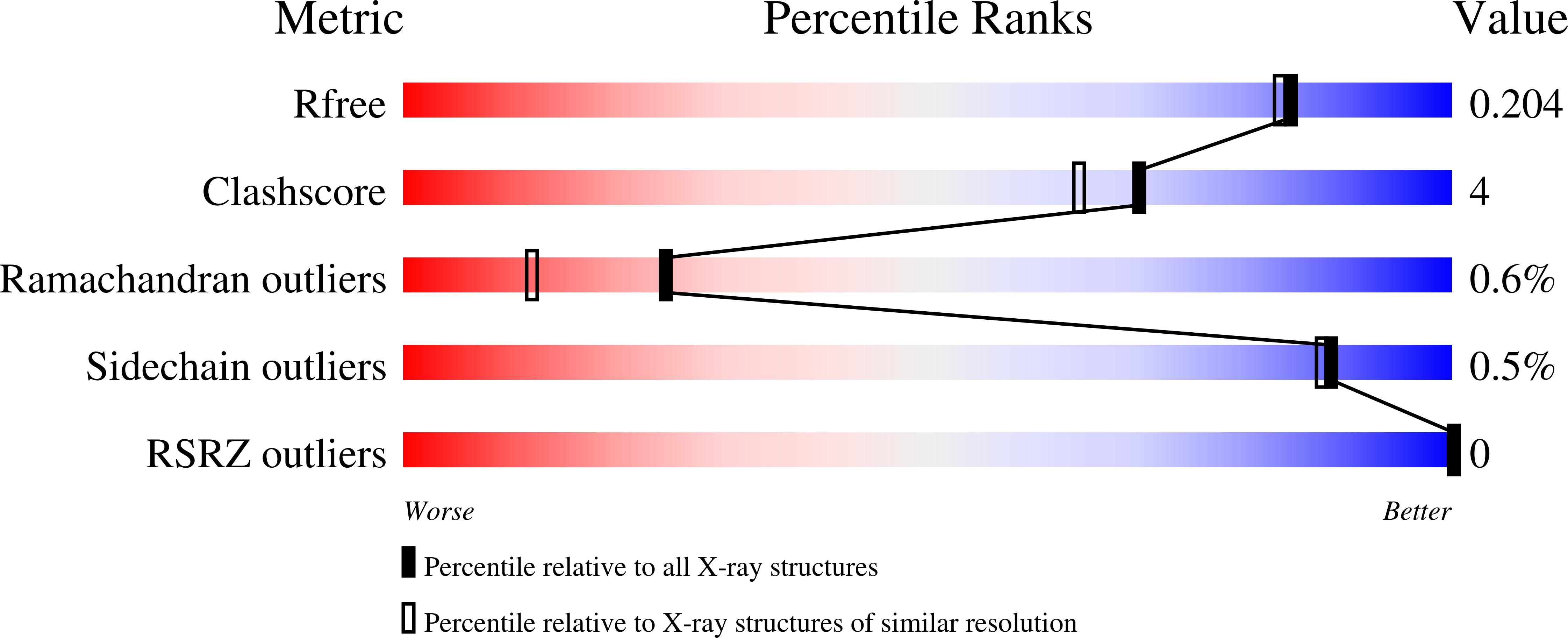
Deposition Date
2023-08-01
Release Date
2024-03-13
Last Version Date
2024-10-23
Entry Detail
PDB ID:
8Q28
Keywords:
Title:
Se-Met labelled TtX122A - A domain of unknown function from the Teredinibacter turnerae protein TERTU_3803
Biological Source:
Source Organism:
Teredinibacter turnerae (Taxon ID: 2426)
Host Organism:
Method Details:
Experimental Method:
Resolution:
1.80 Å
R-Value Free:
0.20
R-Value Work:
0.15
Space Group:
P 1 21 1


